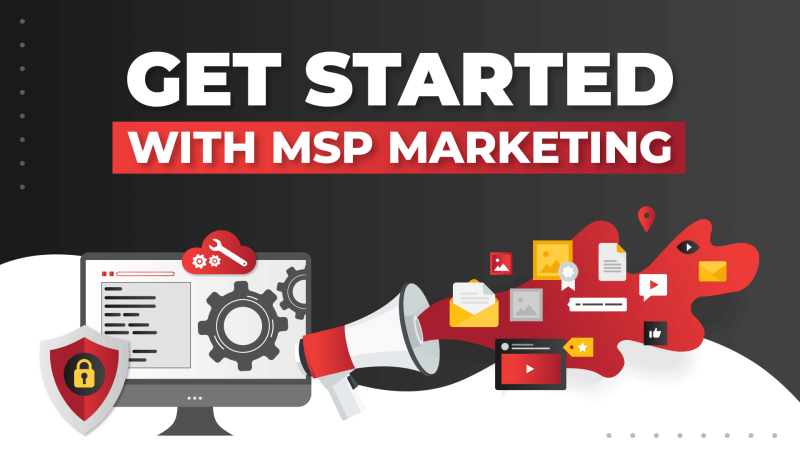
In the book The Lost Art Of Closing, author Anthony Iannarino dares to list the 10 Commitments That Drive Sales, which are NOT commitments the salesperson makes to themselves to be a better salesperson, as you might think, but demands a salesperson should make to the prospect they are selling. *Gasp!* How unprofessional. I hear the outcry of many a “how dare you try to sell me” business owner as their underwear tightens at the very thought. I, for one, applaud and have my sales team reading his book in our weekly book club. I believe the sales profession needs a giant injection of chutzpah and passion for SELLING and, most important, CLOSING. So many have drifted too far and have forgotten that a salesperson’s job is to SELL SOMETHING. Not to greet people, answer questions, make friends and build relationships. That’s a job for a Walmart greeter, not a professional salesperson.
Of course, the first thing sales-prevention biz owners start crying about is how “unprofessional” selling and attempting to close is. Nuts to them. Their knee-jerk, limited understanding of selling makes them think I’m suggesting you act like a Neanderthal, prematurely closing, using hard-sell tactics and pressure and idiotic leading questions. I’m talking about designing your sales process in such a manner that you are asking questions and saying things that persuade the prospect to buy. Of course you should walk away if you cannot help give the customer what they want. Of course you should address their concerns, answer their questions honestly and candidly. Of course you should be respectful and professional. Further, I maintain that if you have to close hard, you screwed up somewhere along the line. The old line of “ABCs – always be closing” has some merit in that you should be doing things throughout the engagement with a prospect to move them toward a natural, painless close, not pulling some stupid jack-in-the-box close at the end. Here, as a reminder, are a few of them:
1. Discuss price early on.
A proposal should NOT be used to close the sale but as a summary of what you’ve already discussed. Far too many people make the mistake of using the proposal as the first time they discuss price with a prospect. To make matters worse, they e-mail it to them to avoid the discomfort they have with discussing price. All a big, big mistake. I believe you ought to bring up price in the very first meeting – and not by asking “What’s your budget?” since that’s never a question any prospect wants to answer – but by telling the prospect, “Based on what you’ve told me so far, I’d estimate this project to be somewhere between $X and $Y. Is that totally outside of your expectations?”
2. Clarify their buying criteria.
Another critical step is getting the prospect to tell you exactly what their buying criteria is. You do this by saying, “What’s most important to you when choosing a firm to outsource this project to? What else is important? What else?” Dig and ask them to explain their answers and why that criteria is important to them. Example: they say they’re looking for someone who will be responsive. Okay, what does responsive mean to them? That you’ll have someone on-site within the hour? That you’ll answer your phones live? That you’ll return their calls within an hour? We don’t know and you dare not assume. Any serious prospect will appreciate your questions around this and candid answers as to whether or not you can deliver. If you cannot give them what they are looking for, you have a moral obligation to say, “That’s not something we can deliver to you today. What we can do is X, Y and Z. Is that going to be a deal breaker?”
3. Ask why they are talking to you.
When a prospect initially calls your office, a couple of good questions to ask are “Who have you been using for IT support?” and “Why are you talking to us?” Maybe they reveal that in their conversation – but if not, you definitely want to ask. Another question is “Why did you choose to call us?” This is a good question to ferret out if you’re the fool or the favorite (Chris Voss quote). As you know, some prospects will gather quotes from competitors only to use them to beat up their current vendor on price, or to satisfy company policy even though they’ve already picked out who they are going to award the project to. Another good question: “Who else are you considering for this project?”
4. Tell them how to buy.
This can be done in a couple of ways. First, if you present an agenda to the prospect in the first meeting that INCLUDES a stage of delivering a “report of findings” and making recommendations to which they then agree or don’t (of course), you’re setting yourself up to close. Second, before you hold the second meeting, set the expectation that you are going to come back with some suggestions, and that if they like what they see, they simply need to “okay the paperwork” so you can get your team working on the project right away. THEN, when you propose the project and settle on a solution, terms and price, you have to direct them to sign the agreement (or at least initial the quote) to get started. So many salespeople fail to tell the prospect how to buy. To be clear, I’m not suggesting you use stupid, awkward tactics like handing the prospect a pen and the contract and telling them to sign at the bottom before they’ve given you some kind of verbal clue that they want to move ahead. But you might need to be that direct. Another favorite question to ask after presenting a solution: “Tell me what doesn’t work for you.” That’s a much more comfortable question for a prospect to answer than “Well, what do you think?” If you present two options, you might also ask, “Which one are you leaning toward?”







